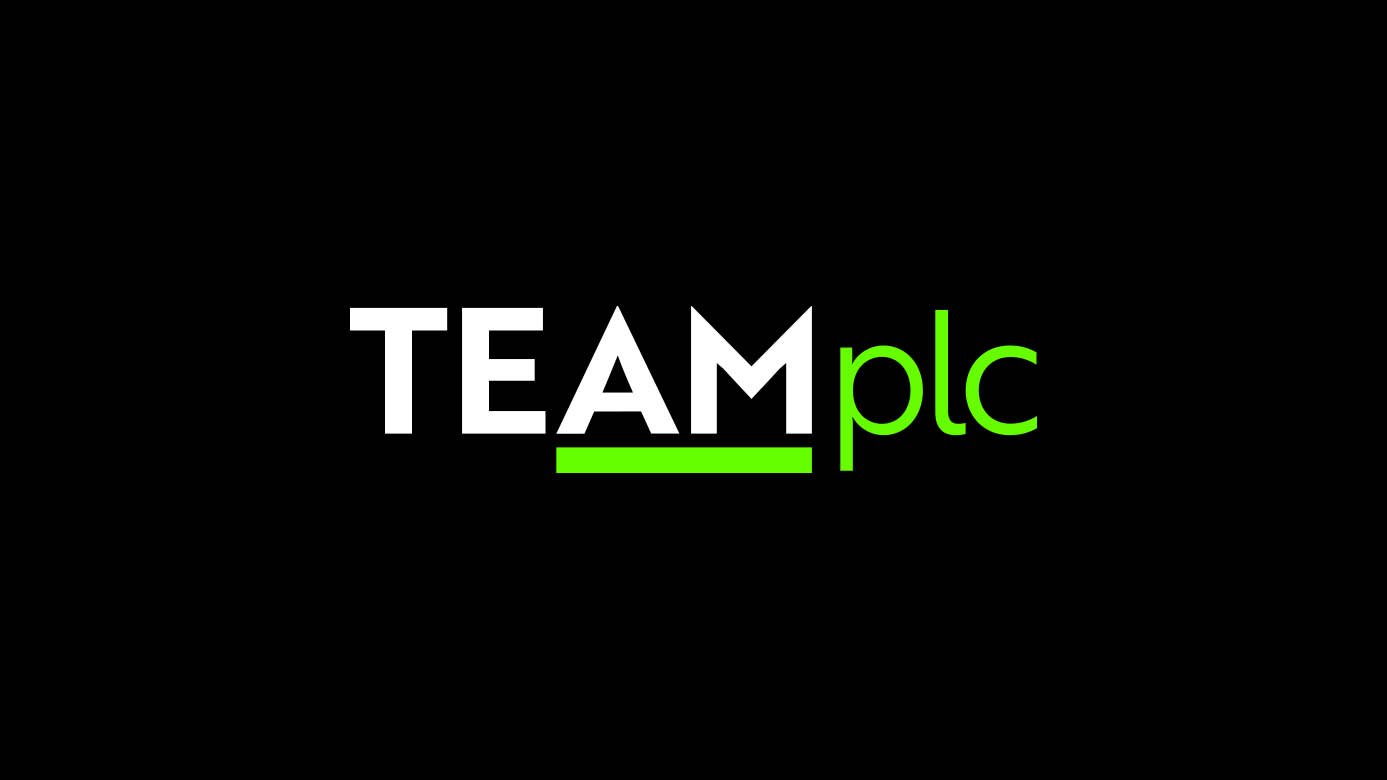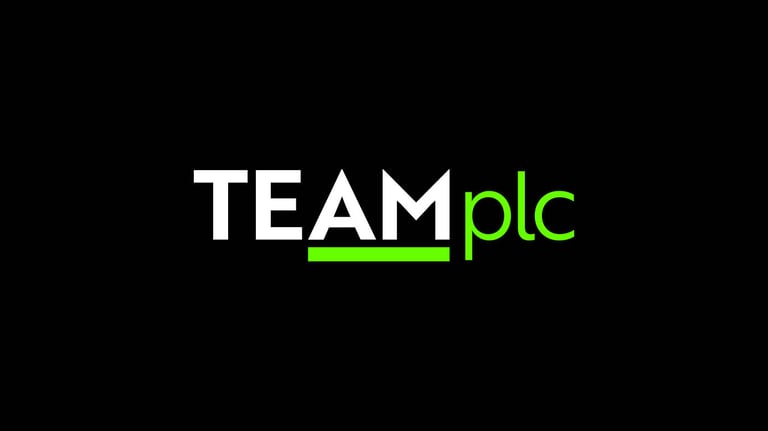As trade tensions erupt between the world’s two largest economies, investor confidence is buckling under the weight of escalating tariffs, a shifting geopolitical landscape, and unpredictable fiscal policy. With the US dollar shedding its haven status and gold surging to new heights, this week’s market upheaval signals a seismic shift in where smart money is flowing—and why.
This week saw a dramatic escalation in the US–China trade standoff, reigniting fears of a prolonged economic conflict. The US imposed a sweeping 145% tariff on selected Chinese imports, prompting a swift response from Beijing with its own 125% duties on American goods. China sharply criticised Washington’s move as “economic bullying.” Despite this harsh rhetoric, the US administration made a calculated concession by exempting smartphones, computers, and other high-value electronics from the latest tariff round. This carve-out aims to buy time for companies to relocate production stateside, a move framed as economic reshoring rather than escalation. Still, any hopes for swift diplomacy have dimmed, with negotiations stalling and investor sentiment souring.
The fallout is not limited to trade metrics. Global markets are responding with volatility and a notable shift in capital flows. The phrase “Sell America” is quickly becoming the rallying cry of risk-averse investors who now view US policymaking as erratic and costly. Treasury yields surged to levels not seen since the early 1980s, a striking signal of waning faith in American fiscal prudence. More alarmingly, the cost of insuring US debt has overtaken that of traditionally riskier nations such as France, Spain and South Korea. The dollar—long considered a refuge during global storms—is being reassessed not as a pillar of safety but as a potential source of instability.
While the US hardens its trade stance, the European Union has taken a more cautious approach. In response to Washington’s temporary rollback of tariffs on imported goods, Brussels has paused its own retaliatory measures for 90 days. Although this diplomatic gesture suggests a willingness to engage, EU leaders are clear: failure to reach an agreement will trigger swift countermeasures. This calculated pause allows room for negotiation while preparing for the possibility of deeper transatlantic economic friction.
Elsewhere, the Gulf states—particularly Saudi Arabia and the UAE—are relatively insulated from direct impacts of the tariff battle. Their strategic partnerships with the US and substantial fiscal reserves offer a buffer. However, a more pressing concern lies in falling oil prices, which could strain public finances in energy-dependent economies. Although the direct trade ties with the US are limited, macroeconomic ripples from the trade war may still test resilience across the Gulf.
Domestically, there was a rare bright spot for US consumers: inflation data showed a mild cooling in March. Headline consumer prices dipped by 0.1%, largely due to falling energy prices, including a steep drop in petrol costs. Core inflation, however, remains sticky at 2.8%, suggesting the Federal Reserve may still tread carefully on policy decisions in the coming months.
Across the pond, the UK delivered an unexpectedly strong performance in February, with GDP rising 0.5%, led by services and production. However, this positive momentum is overshadowed by apprehension over the newly imposed US tariffs on British goods. At a minimum rate of 10%, the duties cast a shadow over future growth and heighten the likelihood that the Bank of England will pivot to rate cuts in the next policy meeting.
Sector-wise, US health insurers have found solid ground. Following a turbulent period, the industry has rebounded on the back of news that government reimbursement rates for Medicare will rise more than forecasted next year. Market leaders like UnitedHealth and Humana surged in response, indicating renewed investor confidence in the sector’s forward earnings.
Not all US companies are weathering the storm as well. Nike, heavily reliant on Asian manufacturing, has taken a hit. Its shares declined sharply this week as the prospect of supply chain disruptions and heightened tariffs loomed large. Nike’s vulnerability underscores the broader risk facing companies deeply integrated with Chinese production networks.
In the commodities market, the divergence in performance was stark. Copper—vital to construction and industrial activity—fell to its lowest point since November, dragged down by fears of slowing demand. Meanwhile, gold saw its best weekly performance since the peak of the COVID crisis, setting record highs as investors sought refuge from market and policy instability.
Cryptocurrency bucked expectations, with Bitcoin showing resilience despite heightened volatility in traditional markets. The digital asset held firm within a narrow band, even posting modest gains, challenging its typical classification as a high-risk investment.
As markets brace for key earnings reports from global titans such as Goldman Sachs, Johnson & Johnson, and LVMH, all eyes will be on corporate guidance for clues on how firms are navigating these turbulent waters. Meanwhile, the European Central Bank is poised to cut interest rates, a move likely to shape sentiment in the week ahead.
This week’s developments reveal a rapidly shifting global investment landscape, where political friction, monetary uncertainty, and structural vulnerabilities are redrawing the lines of perceived safety. The trade war between the US and China has exposed cracks in investor confidence, forcing a re-evaluation of traditional safe havens and global growth narratives.
TEAM plc (LON:TEAM) is building a new wealth, asset management and complementary financial services group. With a focus on the UK, Crown Dependencies and International Finance Centres, the strategy is to build local businesses of scale around TEAM’s core skill of providing investment management services.






































